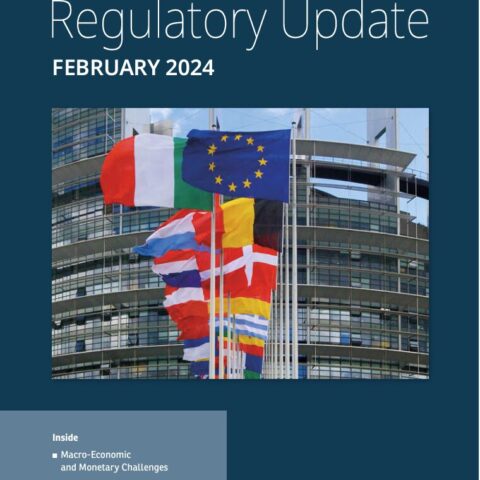In one of those highly technical yet genuinely impactful regulatory decisions, the EBA issued an opinion backing a decision of CONSOB on collateral for synthetic transactions. Briefly, you cannot have an STS synthetic transaction unless it is either in the form of a credit linked note (CLN) or it is cash collateralised. In Italy, for legal reasons, CLNs do not work. Further, the rules prohibit the cash collateral from being held by the originating bank unless that bank is at least CQS2. Again, in Italy, because of issues relating to rating agencies’ sovereign caps, banks are not CQS2. This meant […]
Read more




